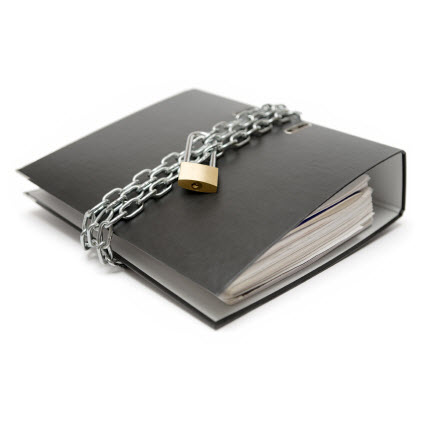The Challenge
TCDI works with a lot of corporations and law firms providing hosted software and services for eDiscovery and large-scale case management. We work hard to understand our clients’ needs and help them accomplish their goals.
That was the situation with a large AmLaw 100 firm based in the southeast that approached us looking for technical help with privilege logs. This firm operates a large discovery center for managing document review. Over the years, the firm had distinguished itself with its ability to defend and support claims of privilege. Successfully defending privilege, however, comes with the burden of comprehensive privilege logs, which in turn, create greater expense for the end client.
We began by listening to the various steps and processes the client used to ultimately arrive at the privilege log. Part of defending the claim of privilege is clearly showing where the claim exists, which can be complicated in today’s email world. For instance, the portion of the communication that makes it privileged might be buried deep inside the body of an email thread. In these cases, the To, From, and Subject header information aren’t easily accessible metadata fields, but rather are text mixed in with the rest of the email thread. To pull that information out for a privilege log requires a lot of time and manual effort, and that’s just for information you can see. You also need to consider things like group distribution lists, where the recipients aren’t even named.
It was easy to see why they were spending so much time and effort on privilege logs, and why the cost per document was three to four times that of a regular review.
The challenge was determining how to use technology and automation to reduce the time and expense associated with creating comprehensive privilege logs.
The Solution
With a thorough understanding of the problem, our development team went to work on the solution. It’s easy when the email sent is privileged. In these cases, all the header information that might be needed for the log is in the review database, making it easy to access and report on. However, the header information embedded in replies, forwards, and long email conversations are more difficult to mine.
Our developers created a process to parse this information from an email’s body text. The process scans the email body looking for patterns consistent with email header information. They had to make it smart enough to know the various ways different email clients (such as Microsoft Exchange or Lotus Notes) would present this information as the email conversation thread progressed. This might sound straightforward, but believe me, there are a lot of variables to consider. Once header information is identified, it’s parsed from the body and the appropriate values are placed in a separate table within the review database along with the information corresponding to the email’s position relative to the other emails in the thread.
After testing and tweaking our processes on non-client demo data, we performed this process on live data and presented it to the client for review. The client has indicated that our work automated about 70 to 80% of the manual work they’ve had to do to review, pull out, and record the information embedded in these emails.
The job is not done yet, however. At this point the client is exporting the parsed email body information into an Access database, where they manage things like look-up tables for group distribution lists and other hidden and dynamic information. From there, the privilege log is assembled and exported for productions.
Summary
We’re pleased that our work proved successful in significantly cutting the manual labor and costs associated with developing comprehensive privilege logs. Our development team has even more ideas on the next steps that might help this, and other clients, even further. Our ideas could help replace, or at least minimize, some of the look-up steps needing to be done outside the review environment. These ideas will help save time and minimize the chances for errors that crop up whenever data is moved.
When these next steps are completed, we look forward to expanding our story of innovation in our client partnerships.





